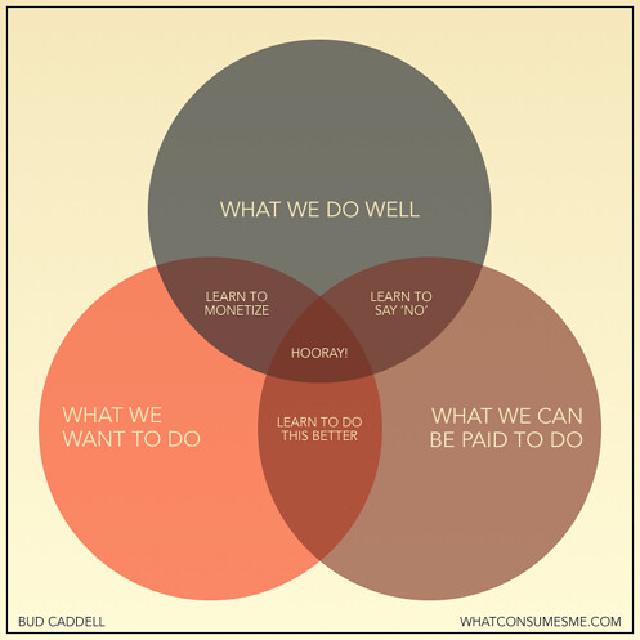Focusing on Worst Practices
The always enlightening Umair Haque has a great HBR article on focusing on worst practices . Some good ideas. I notice how companies like Zappos (and even Google) avoid this by internalizing some of these ideas intuitively.
- Ask your critics
- Spend a day in the trenches
- Examine your past
- Diet on your own dogfood
Really like it. Can think of a number of places I’ve worked at that would do well to take the advice on a strategy day or day out (and myself for that matter in reflection and repose.).
